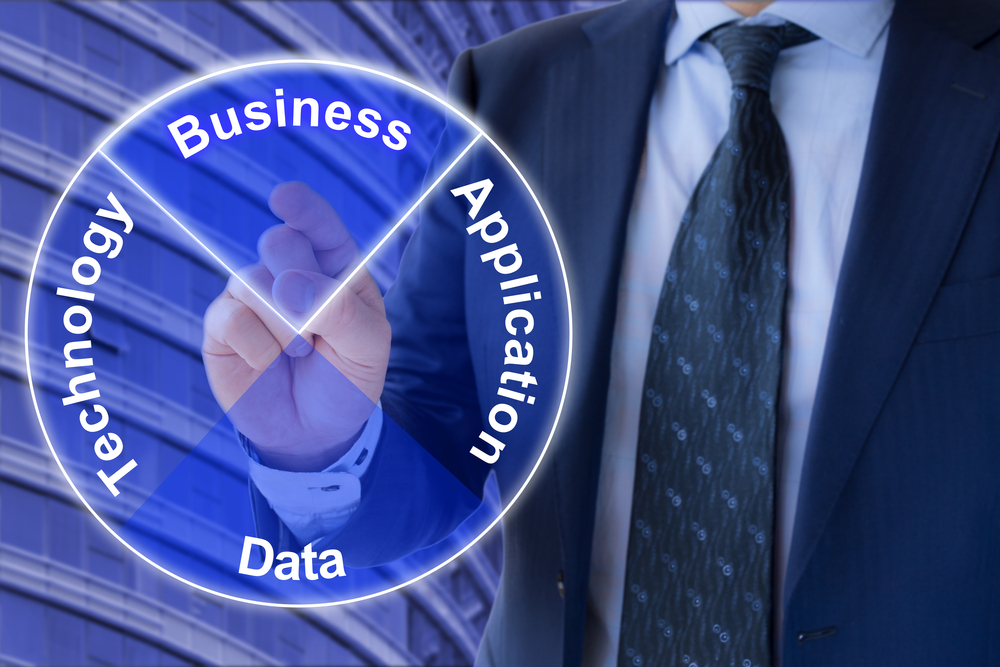
Did you know that the global ERP market is expected to reach $70.48 billion by 2026? Nearly 95% of businesses have experienced a major transformation in their operations by implementing an efficient ERP.
However, a lot of people still don’t know much about ERP architecture, its functionality in improving efficiency in an organization, and its benefits.
This is why we are here with this simple guide that will help you understand different architectures of ERP structure and their role in increasing the overall productivity of a company. Read the full blog below to learn more about ERP architecture.
ERP architecture is the ERP system’s framework and structure that allows the integration of different business processes into one unified platform. It controls the way data flows within the software, interacts among various modules, and allows users access to any business information. This is why it’s the backbone of ERP software which ensures seamless integration of all components.
Database: It is the heart of any ERP software. This layer stores all the data from different modules and allows data centralization. This helps maintain data consistency and accuracy.
Application Layer: It includes the applications responsible for managing various business functions such as raw material procurement, production planning and scheduling, inventory management, financial management, and much more.
Business Process Layer: It contains the specific business rules and workflows that are required to be followed at every stage of operations. This layer helps reduce errors and improves efficiency.
Presentation Layer: It is the user interface of ERP software. It’s the way users operate the system, enter data, and access information.
Integration Layer: It ensures modules in an ERP can allow smooth data flow across different departments in an organization. This layer also allows integration with external tools to offer a detailed business view and smooth data integration.
Security Layer: This layer protects sensitive business data and allows only authorized users to access that information. This ensures data privacy and integrity.
Monolithic: This type of ERP architecture integrates all modules into a single platform. This ensures smooth data flow between different modules. But the only drawback is that it doesn’t offer flexibility and may not offer a customization option.
Modular: This ERP system comes with different independent modules, allowing you to integrate as per your needs. This is a flexible system as you can implement modules that you find useful for your business. However, you may face challenges while implementing modules from different service providers.
Cloud Based: Cloud based ERP systems are one of the best types as they allow users to access any information via the Internet. This is why it is also an ideal choice for remote servers. It also has low upfront costs and offers scalability and automatic updates.
2 Two Tier: As the name suggests, it includes two tiers ERP architecture, one that manages centralized operations and another that handles particular local processes. It helps in maintaining harmony between central and local operations, making it the right choice for organizations that operate in different geographical locations. Apart from 2 tier ERP architecture, there’s also three tier architecture ERP.
Service-Oriented: Such an ERP architecture allows communication between different modules with the help of web services. It is scalable, and flexible which allows smooth ERP integration with external systems, and tools.
Data Centralization: A good ERP system acts as a centralized database that allows all the departments in an organization to access the same information. This helps reduce data silos and keeps everyone in an organization on the same page.
For example, inventory and sales teams can take a look at real-time stock levels, avoiding overstocking or understocking issues and ensuring enhanced inventory management.
Enhanced Collaboration: ERP software integrates all the crucial business data and allows everyone in a company to share, communicate, and collaborate effectively on multiple projects. This also enhances their efficiency and facilitates better decision-making, eventually improving overall efficiency within an organization.
Improved Reporting: ERP systems offer real-time insights into various business processes. It allows you to get detailed and customized reports on sales, production, suppliers, and financial health. This report can help management make crucial decisions for business growth and give insights into the latest trends to plan production efficiently.
Streamlined Workflows: This is one of the main benefits of choosing the right ERP system for manufacturing companies. It will optimize all business operations, from production to logistics. This improves the quality of finished products, ensures timely delivery to customers, and reduces variability.
Process Automation: When you choose a enterprise resource planning software company like Autus Cyber Tech, you will get a tailored ERP system that will automate routine tasks like issuing purchase orders, invoicing, and payroll processing. This will reduce your dependence on employees and minimize the likelihood of human errors. Besides, it will also save a lot of time for your valuable employees, allowing them to focus on other core activities.
Scalability and Adaptability: Your needs will grow as your business evolves. A robust ERP architecture will be easily scalable. This means that it will easily accommodate your growing needs and allow you to make adjustments to keep up with changes in operations. Hence, you won’t need to introduce new technologies and tools. You can easily continue to enjoy its benefits without major disruptions.
Understanding the different architectures of an ERP structure and the difference it can make in an organization will help you make better choices. Whether you want to choose a monolithic, modular, service-based, cloud-based, or two tier ERP architecture, make sure it aligns with your business goals.
Autus Cyber Tech is a reliable ERP vendor offering tailored solutions for businesses. Our Proximo ERP is specifically designed for manufacturing businesses and streamlines all business processes seamlessly. Check our website or request a free demo with us today.